Thinking about making a garden. But you don’t know where to start?
Many people are thinking about making a garden and becoming more self-sufficient. Maybe it seems very hard at the beginning , you don’t know where to start from, what should you do first…You don’t know much about gardening, plants, soil, compost, seeds…,but you have an idea and would love to do it. That is the best thing you need to start. Having a garden is beneficial in so many ways.
This is going to be your best project ever.
Having a garden brings so many benefits on the table.
Provide organic food with no pesticides. One thing I appreciate the most about having a garden is that you can eat fresh food straight from the garden. From the garden to the table. You can plant all the plants you want no matter if it is vegetables, fruit, herbs.. Amount of plant, species is manageable , you can do what work the best for you. Also while gardening you will spend more time outside, surrounded by nature.
That is perfect if you are a parent as I am. My kids love to be outside, playing with mud, insects or even soil. Whole family can be included. During the time you can preserve seeds and use it in the future.
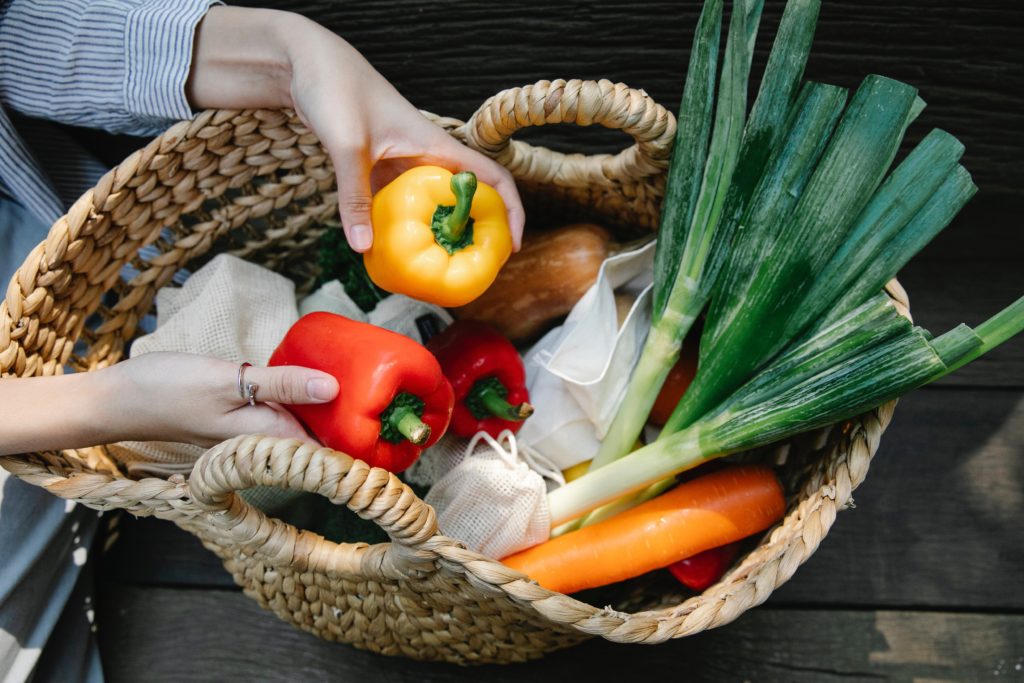
When you are absolute beginner than one question is always on your mind. How to start a garden?
Planning a garden.
First thing to do is planning a garden. One of the most common beginner mistakes is to plant everything and hope for the best. And at best, you’ll end up with a messy, ineffective schedule. At worst, you’ll be planting in such a way that your plants work against each other. Garden planning is so important when starting a vegetable garden from scratch. So before you do anything else, you’ll want to have an idea of what you want from your garden. The first thing you’ll want to keep in mind is what crops you can grow in your region and at what time of year.
Figuring out what gardening zone you live in will give you an idea of what option you have. For example, if you live in a northern region, any crop that takes 100 days or more to mature is a gamble. On the other hand, southern gardeners may have trouble with crops like peas or cucumbers because of their greater sensitivity to heat and moisture. Although between the two, northern gardeners have more options because it is easier to overwinter a garden bed than to protect plants from extreme heat. Another thing to consider is which crops you and your family will actually use.
Consider a space the garden should be. Garden can be an open space , containers, raised beds, and greenhouse. You can choose whatever works for you. I have few plants on terrace , most of my plants are in the open space, few of them in the greenhouse .
Choose the right spot for your garden.
Look around your garden and choose the most sunny place. All plants enjoy sun, and need sun almost 6 to 8h per day. Also one thing to not forget is try to combine sunny and well drained places. You don’t need muddy puddles. Plants are not fun with too much water.
Another key reason you want to start planning your garden in advance is because it will help you choose the right spots for the right crops.
If you’re looking to grow fruit and vegetables in your new garden, then most of the time that means looking for a spot with full sun. Full sun means it will get a good five hours of sunshine a day. Green leafy vegetables and some herbs grow best in partial shade. The caveat to that rule is for southern gardeners. Because the sun gets more intense the further south you go, certain fruits and vegetables can benefit from being planted in partial shade. So remember to keep a gardening zone guide handy and, if possible, connect with other gardeners in your region for advice on what strategies work best in your area.
You’ll also want to consider a simple approach when choosing where to plant. Of course, you will need to be able to water, weed and otherwise take care of your garden.
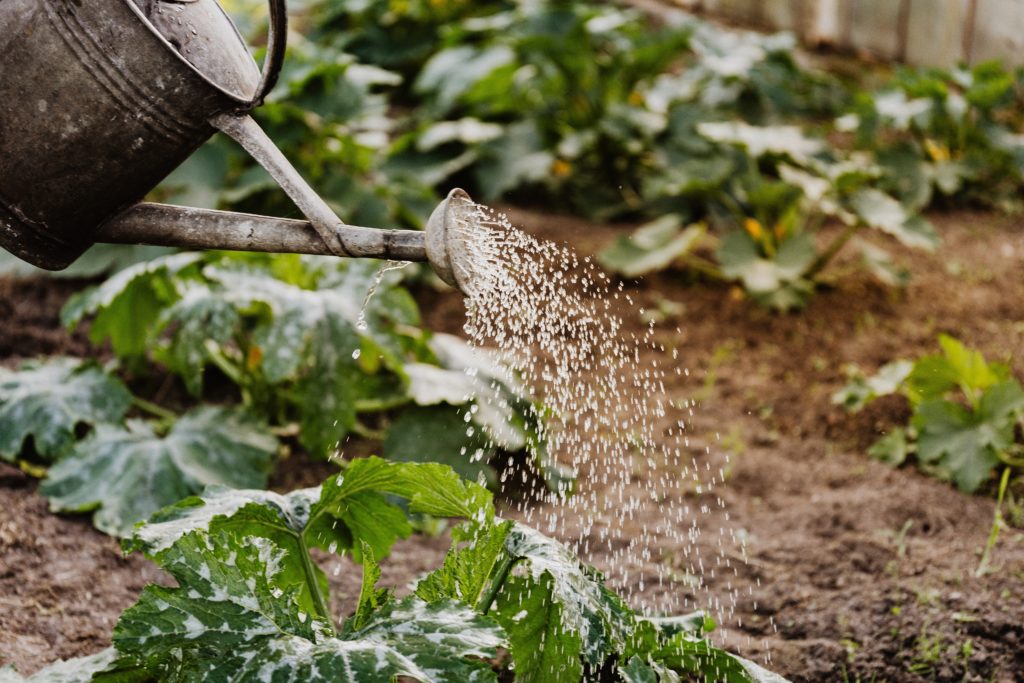
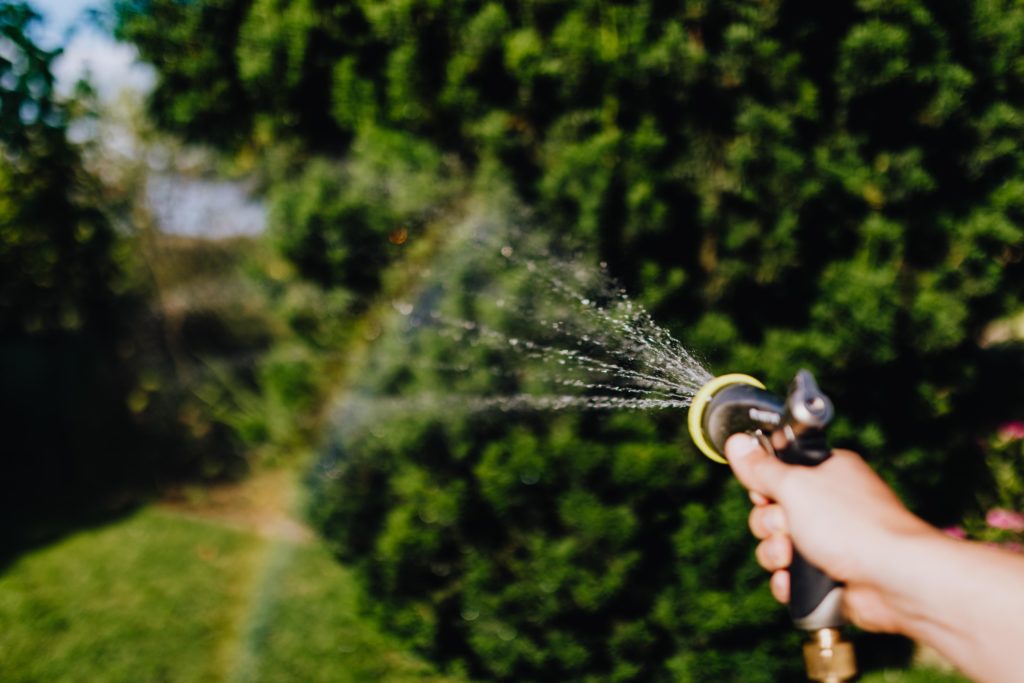
You’ll also want to consider water requirements. If you put two crops with too different needs together, you will either drown one or dry out the other. Make sure to research how much water each crop needs each time you start a vegetable garden from scratch. Each season you will learn more and more and perfect your look and future plans.
Testing the soil.
Another thing to consider is what type of cover crops you will use when parts of the garden are not in use. Cover crops, as the name implies, are planted to cover bare soil, not to harvest. They prevent soil erosion, retain moisture and help build soil fertility. Cover crops are sometimes called “green manure” because they enrich the soil.
Test your soil every time you start a garden from a scratch.
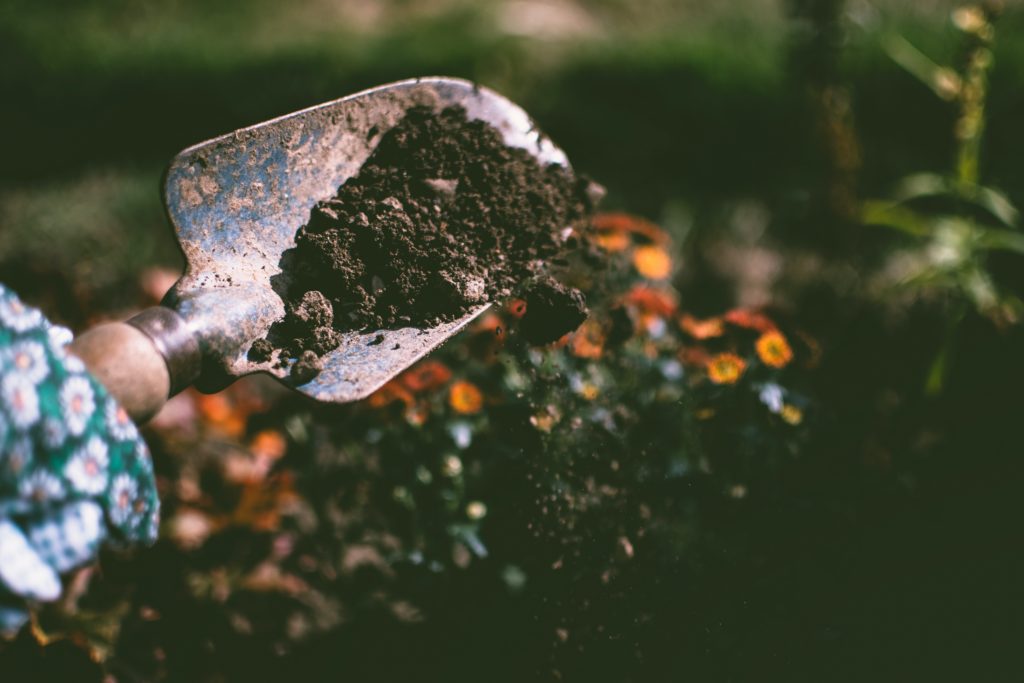
So, with your ideas in hand, the next thing you’ll need to do is test your soil. Conducting a proper garden soil test is key to success when learning how to start a vegetable garden from scratch.
Things you will want to know are the pH levels of your soil, the distribution of sand, rock, clay and silt, the availability of essential nutrients, and especially if there are any toxic contaminants in the soil.
Testing the pH level is easier because there are home test kits. Most plants prefer a pH of around 7 – truly neutral. But there are some that are more acidic or more alkaline, so remember to check the individual requirements of all your crops. Now we can get to work building your garden. And like building a house, we start with the foundation. Most plants like a deep, well-drained soil surface that is rich in organic matter. How you achieve this depends on your circumstances.
Organize your new garden .
After you’ve decided what is your plan to plant, the next step is to plan your shallow beds. More specifically, you need to decide what type of beds you are building and what size. The size mostly depends on the space you have available and the crops you will grow. If you only have a modest space to work with, you may need to get creative. Fortunately, many crops like strawberries allow a certain amount of flexibility in where and how you grow them. As for the type of beds you build, it mostly depends on your available space. Raised planting beds are attractive for a number of reasons.
They are aesthetically pleasing, easier to access and easier to install than sunken beds. They are also less disruptive to approximately 70% of bee species that live underground. Raised beds are perhaps the best way to start a vegetable garden from scratch. The trade-off is that they dry quickly, which can be an advantage if you live in very humid areas.
But if you live in a dry area, sunken beds may be the way to go because of their ability to retain moisture. However you go, you’ll want to plan your beds in blocks rather than individual rows of plants. Try to build them about 3-4 meters in diameter to make sure you can easily reach them from both sides. Within these spaces, plant your crops in a grid pattern, keeping in mind the amount of space required for cultivation.
Group plants that grow well and complement each other.
You want to group plants not only so that they have enough room to grow, but also so that they are in harmony with each other. The simplest consideration here is that you want plants whose sizes will work in synergy. For example, you don’t want to grow a tall crop next to a much shorter crop if both need full sun, because the taller one will end up starving the smaller one. What you could do, however, is use tall crops like corn or sunflowers to provide shade for greens or herbs if your garden doesn’t have a lot of shade around.
You’ll also want to consider water requirements. If you put two crops with too different needs together, you will either drown one or dry out the other. Make sure to research how much water each crop needs each time you start a vegetable garden from scratch. Each season you will learn more and more and perfect your look and future plans.
Another thing to consider is what type of cover crops you will use when parts of the garden are not in use. Cover crops, as the name implies, are planted to cover bare soil, not to harvest. They prevent soil erosion, retain moisture and help build soil fertility. Cover crops are sometimes called “green manure” because they enrich the soil.
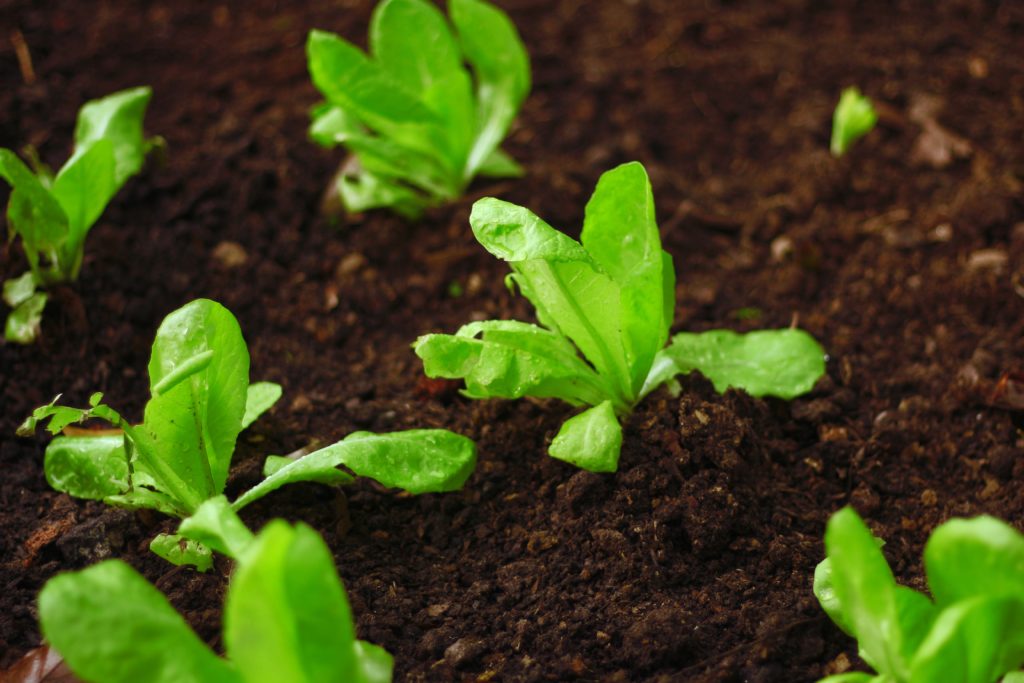
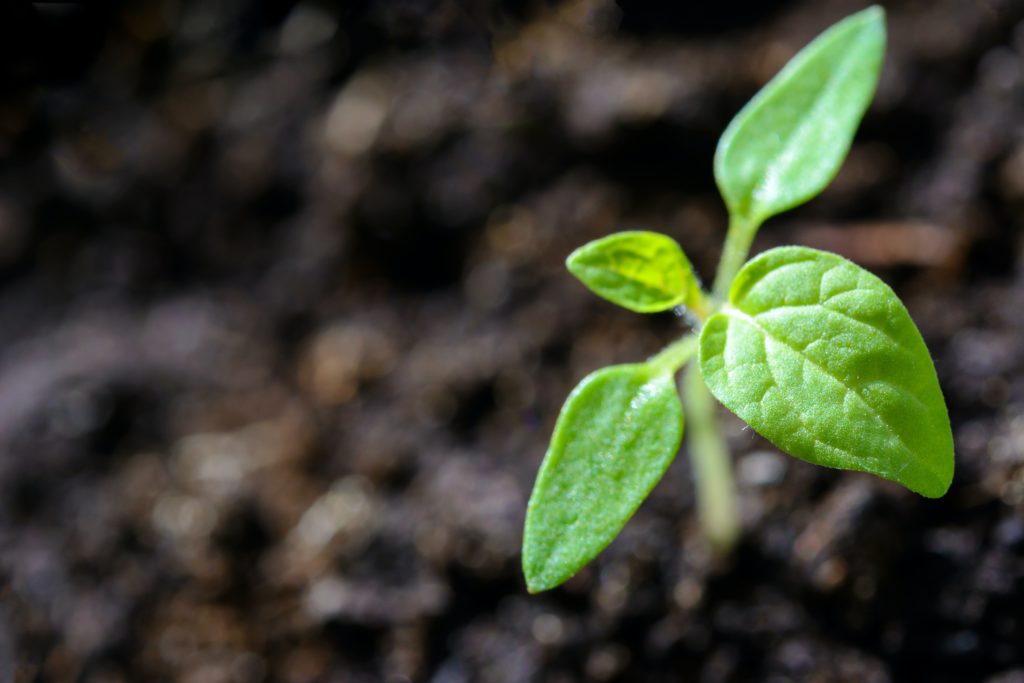
Build your garden soil from the scratch.
Now we can get to work and building your garden. And like building a house, we start with the foundation. Most plants like a deep, well-drained soil surface that is rich in organic matter. How you achieve that depends on your circumstances.
If you are starting with sod or weeds, you will need to deal with it. The simplest way would be to simply chop it up or drop it into the ground.
But an even easier way to start a vegetable garden over would be to cover it with wet cardboard or newspaper and smother it. The cardboard and paper will decompose in the soil, and in the meantime just build your flower bed on top of it.
Either way, you’ll need to feed the soil so it can feed your crops. If you’re just starting out, the easiest way to do this is to buy pre-made compost at your local garden centre. Still, it’s even better to make your own.
It takes time, but it gives you the ability to determine the exact composition of your soil amendments, which is great if you’re trying to grow crops that need specific nutrients or a specific pH to thrive.
This is the point where you will need to place the edges of your garden beds. If you have the time and funds, there are several interesting options to choose from.
Choose the right seeds and transplants for your garden.
Depending on the crops you have chosen, your plants may be better either grown from seed or grown from transplants. And for certain varieties like heirloom seeds, you’ll almost always have to grow your own transplants instead of planting them directly in the ground. I prefer using starts for tomatoes, peppers and celery. I have tried so many times to do it from a seed but it is not working for me. We have very cold and rainy spring in this area lately so my plants take longer to grow.
For beginners starting a vegetable garden from scratch, the easiest way to get started is to buy transplants from a nursery. If you decide to go this route, here are a few things to keep in mind
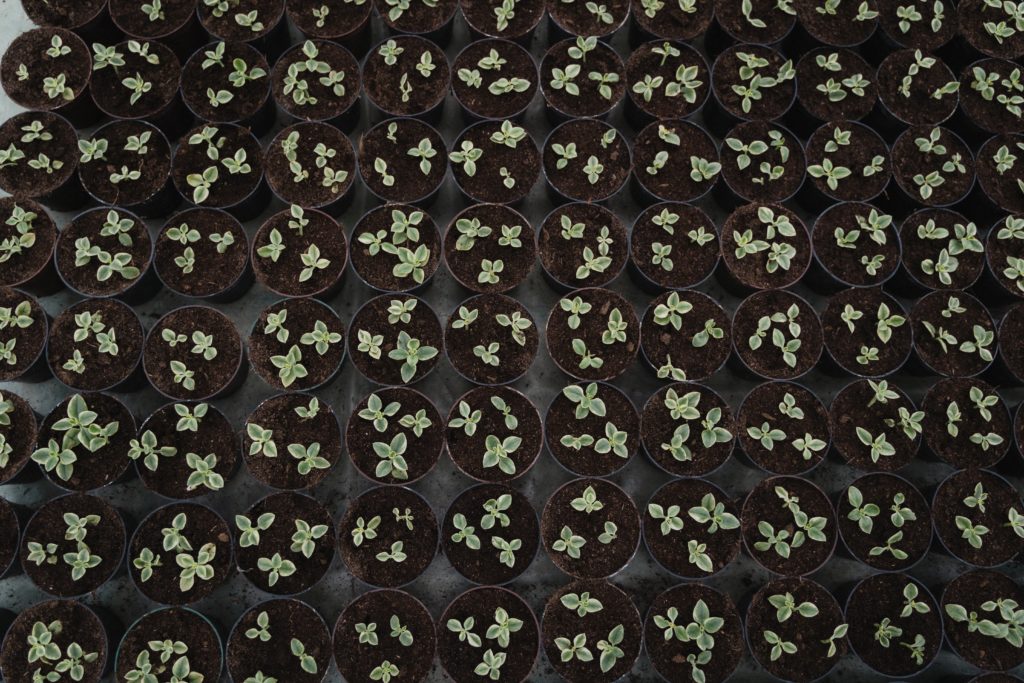
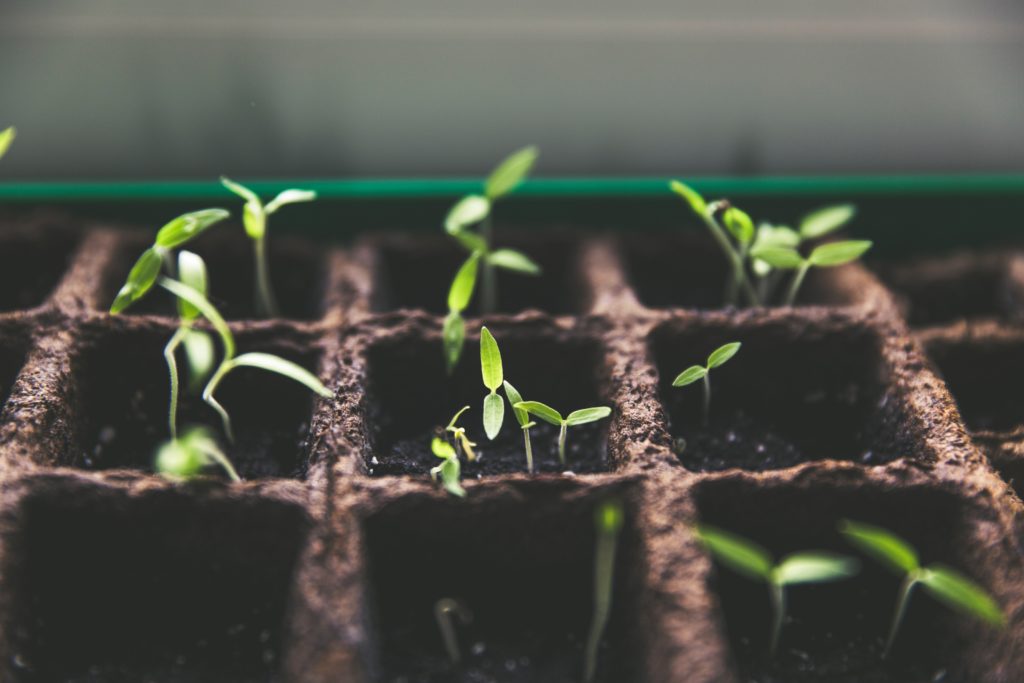
Look for plants that are roughly the same size as their containers. A large plant growing in a small container is likely to be root bound and may suffer shock and die when transplanted.
Look for common signs of stress. Wilting, yellowing leaves and insect damage should be red flags. During the spring and summer months, many plants in nurseries are particularly sensitive to heat damage, so keep an eye on that as well.
Make sure the plants have not been sprayed with pesticides or other harmful chemicals. Encouraging pollinators to visit your garden will be vital to getting your crops to fruit, so anything that might discourage or harm them should be avoided.
If you can’t find suitable transplants for your garden, raising your own seedlings is always an option. Especially if you have an indoor area where you can protect them from pests and the elements.
Carefully plant seeds and seedlings in your garden.
Store-bought seed packets and transplants usually come with instructions on how to plant them. In case they haven’t, or if you’ve grown your own transplants, here are a few rules to keep in mind.
Unless otherwise noted, most seeds should be planted at a depth of about three times the diameter. Although most must be covered with soil, there are a few that need direct sunlight to germinate.
Most transplants should be planted at the same depth that they grew in their original containers. Except for tomatoes!
Wait until the last expected frost to plant, especially for heat-loving plants like peppers and tomatoes.
And in general, remember that young plants are much easier to damage than older ones. Be gentle during the planting or transplanting process.
Give your garden the attention and love .
After going through all this work, you might think the job is done. But you’re just getting started. Your garden will require some final maintenance to keep it healthy and growing.
Both watering and feeding your garden will be regular tasks, but it will be worth it because pest management will be much easier. Harmful bugs are most attracted to plants that are already weak or stressed. If you can keep your crops healthy to begin with, your pest problems should be negligible.
“Growing your own food is like printing your own money ” Ron Finley